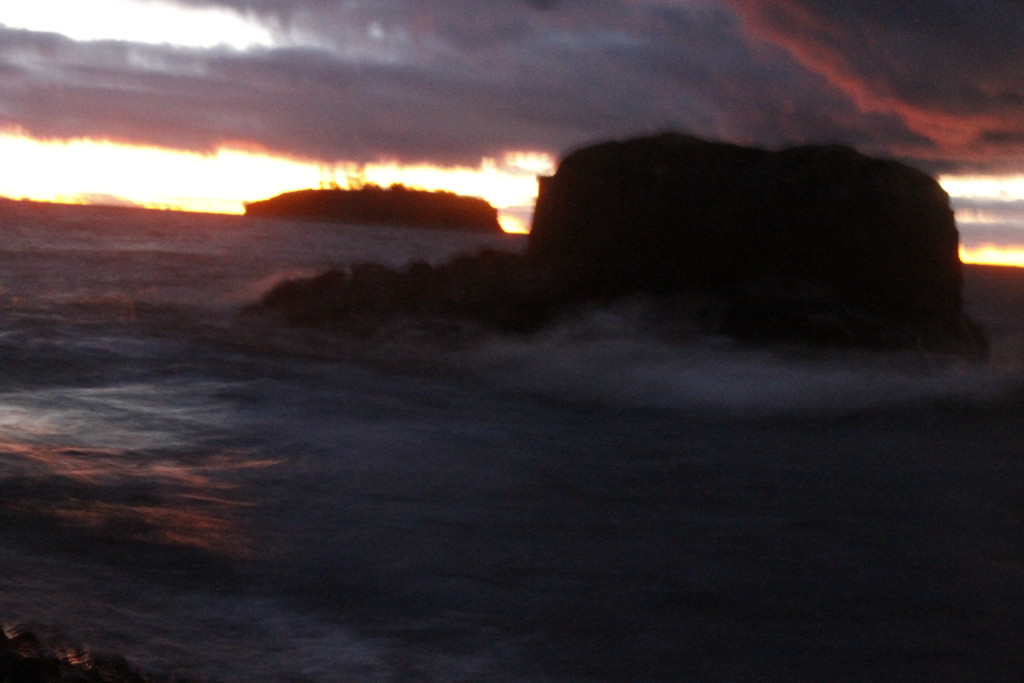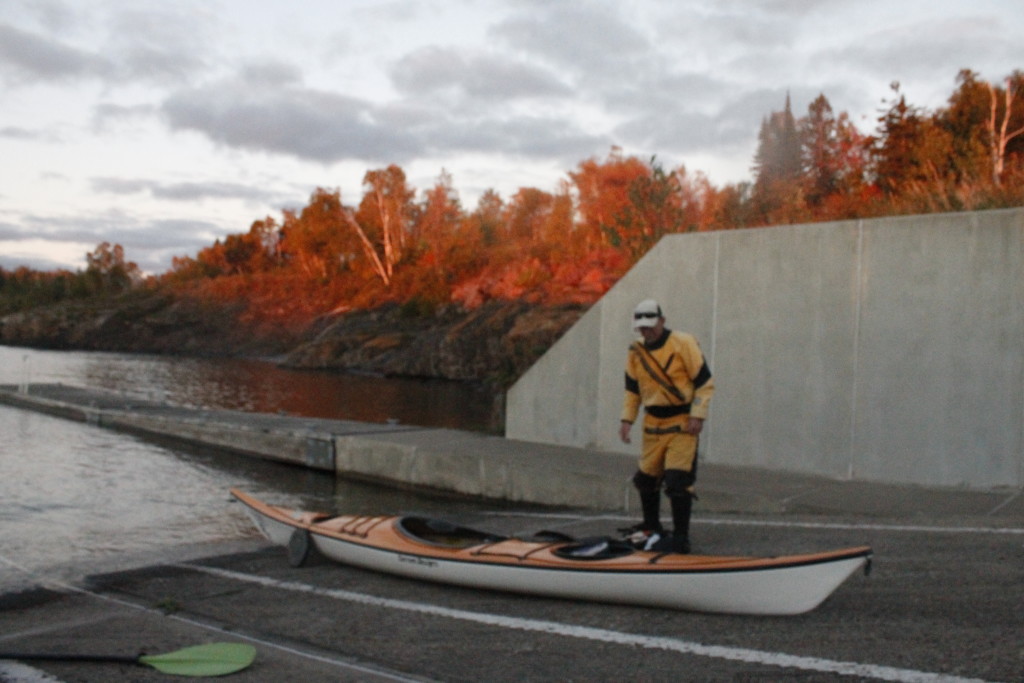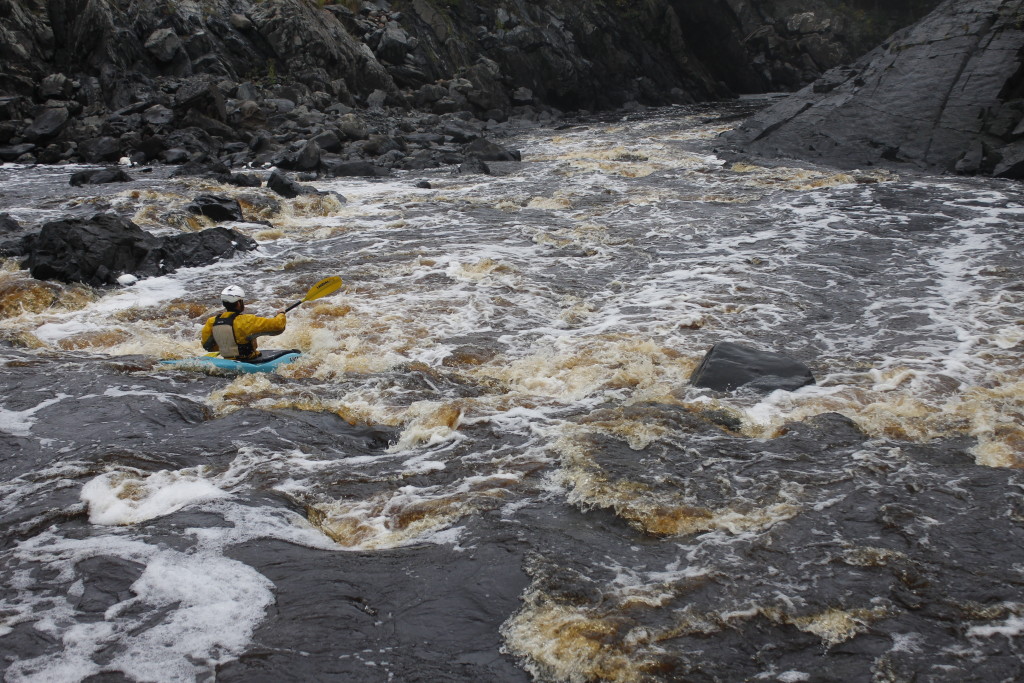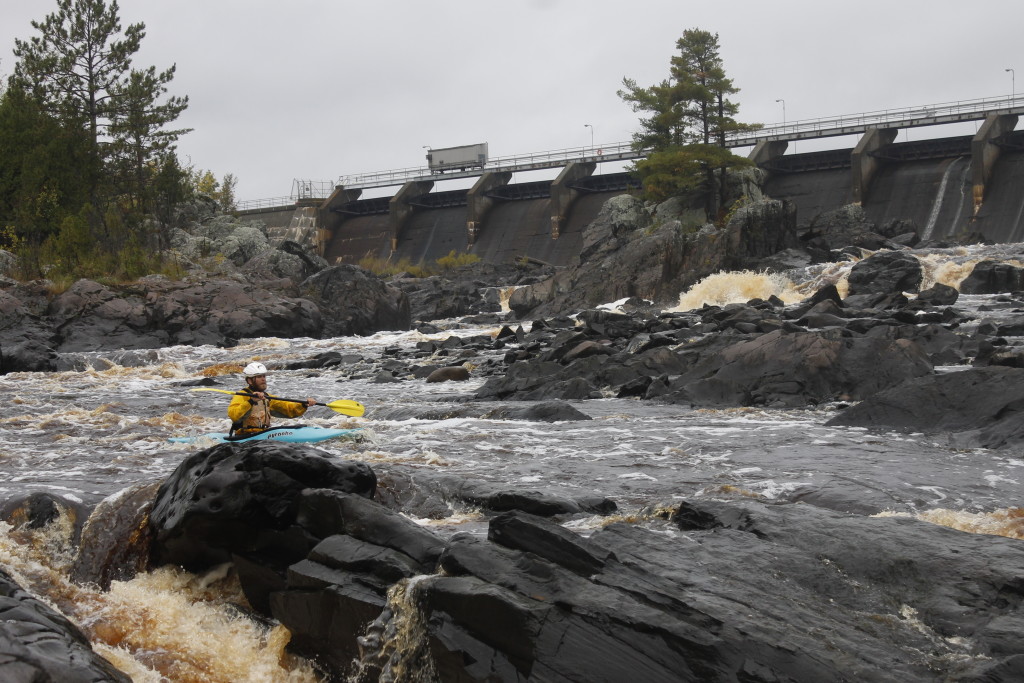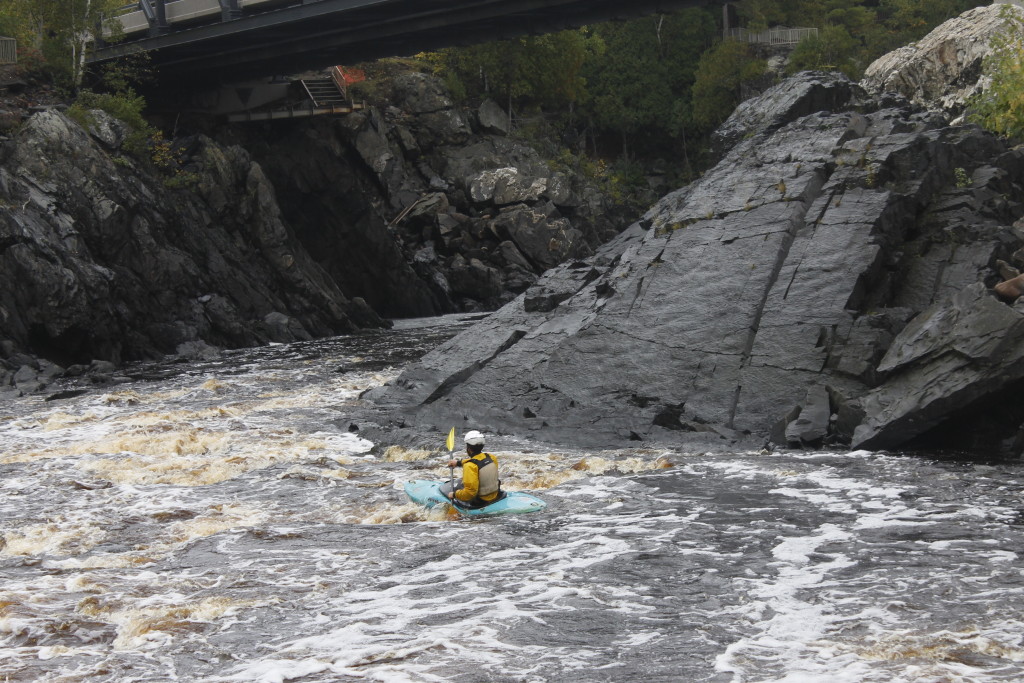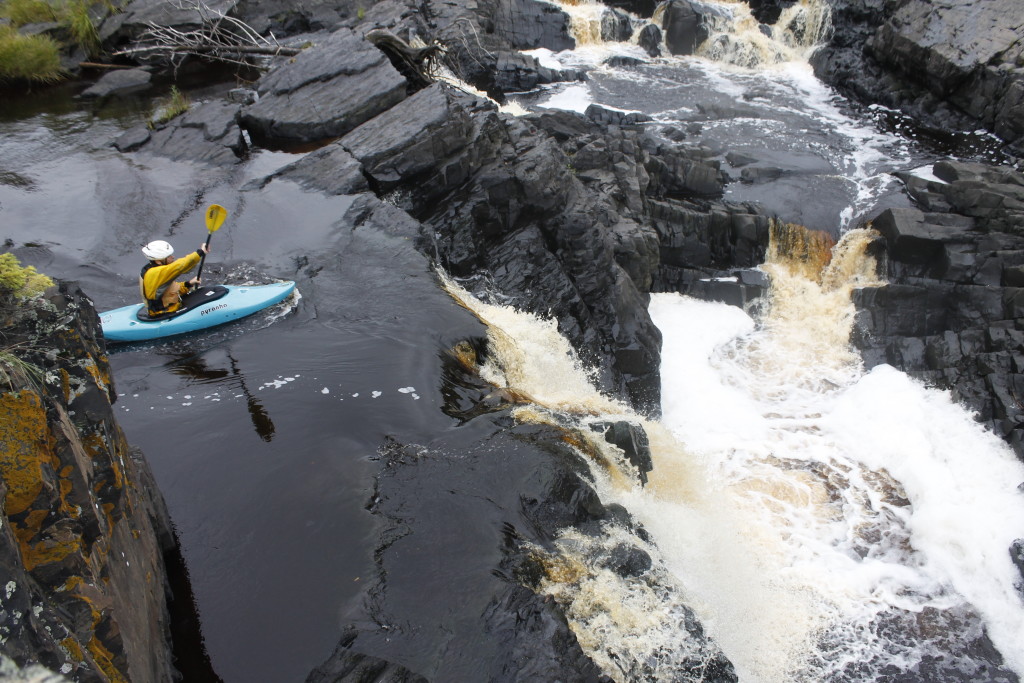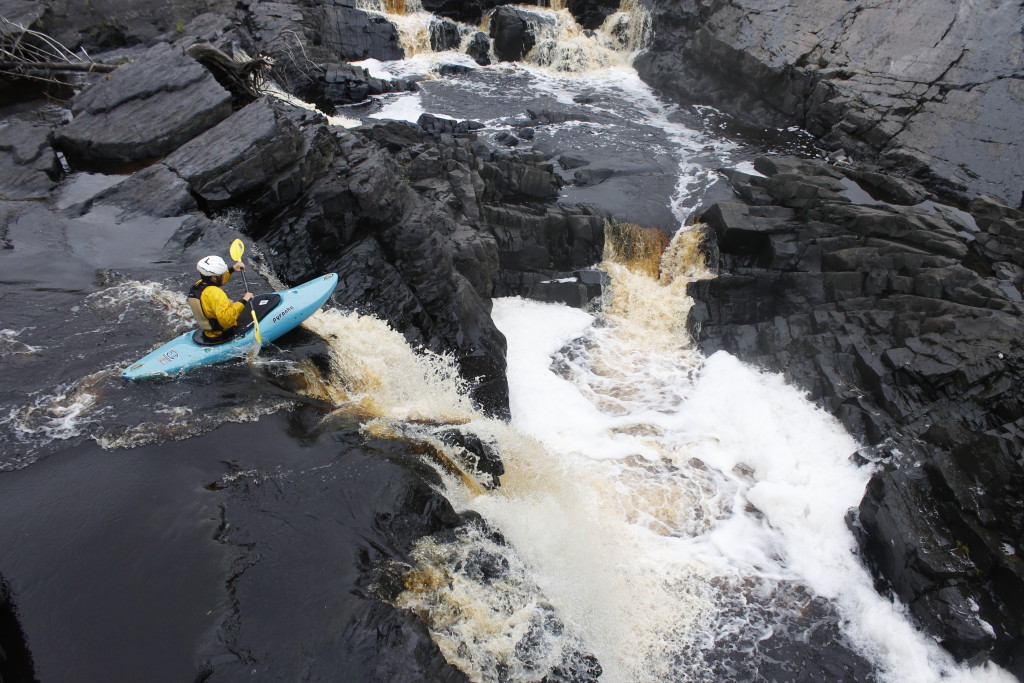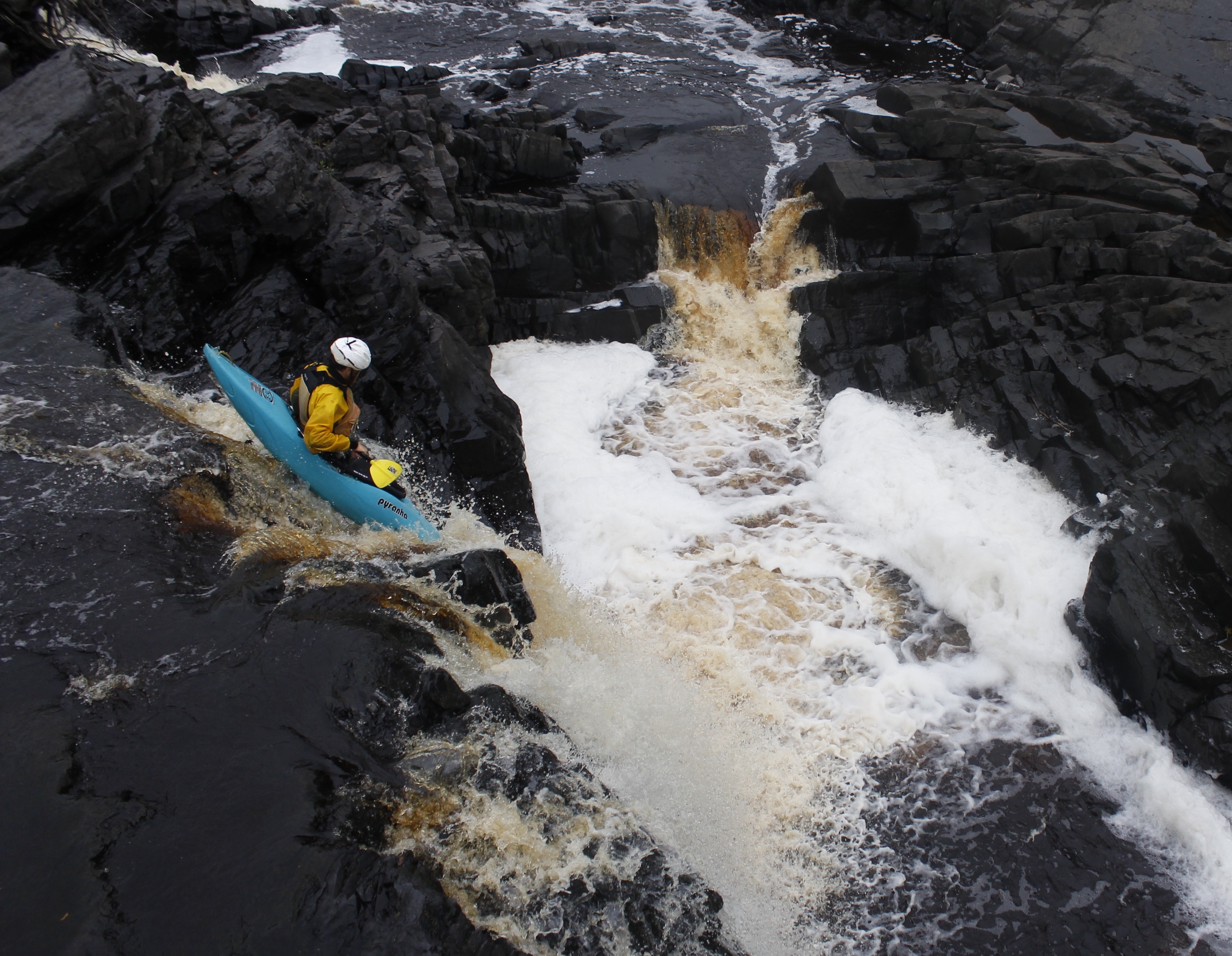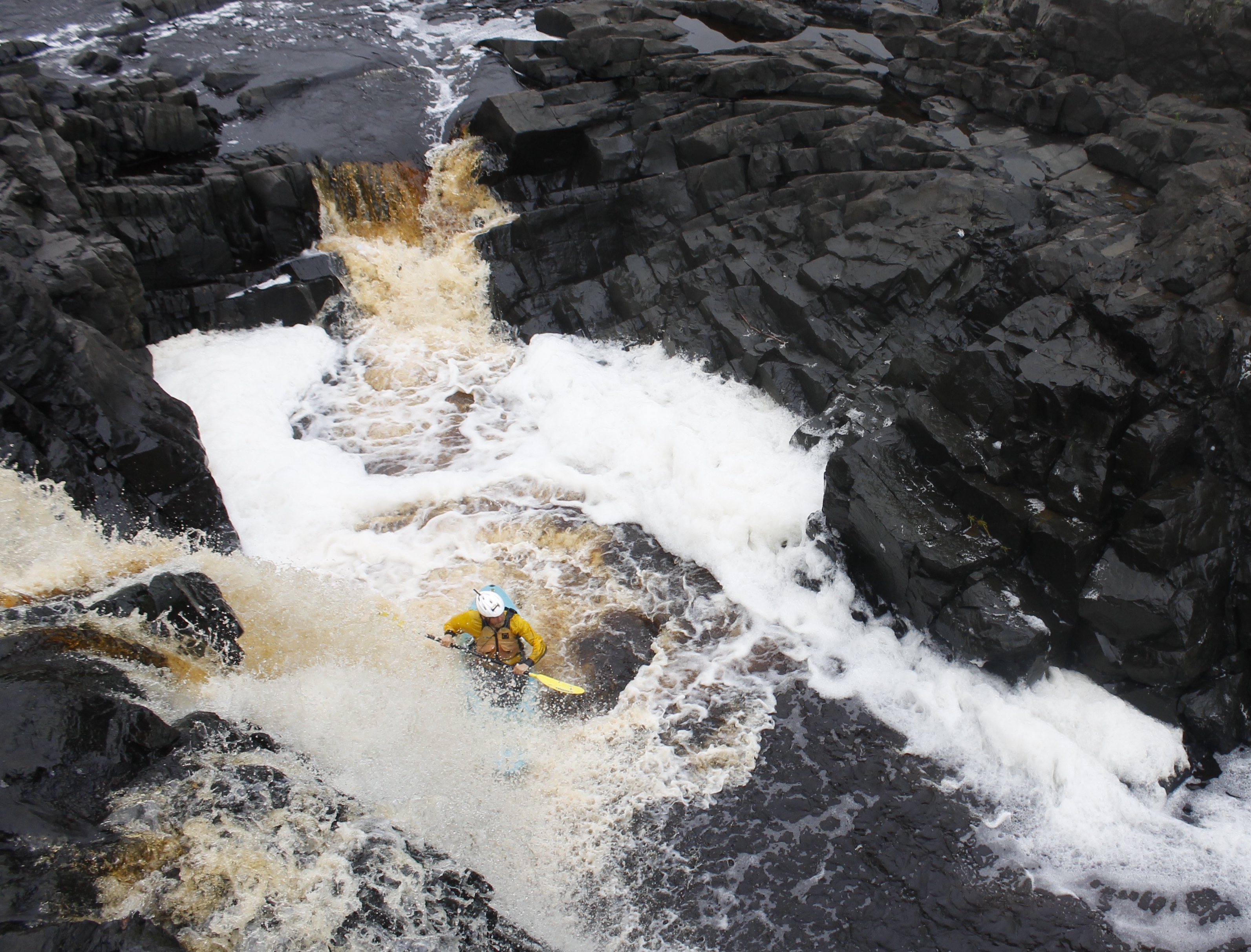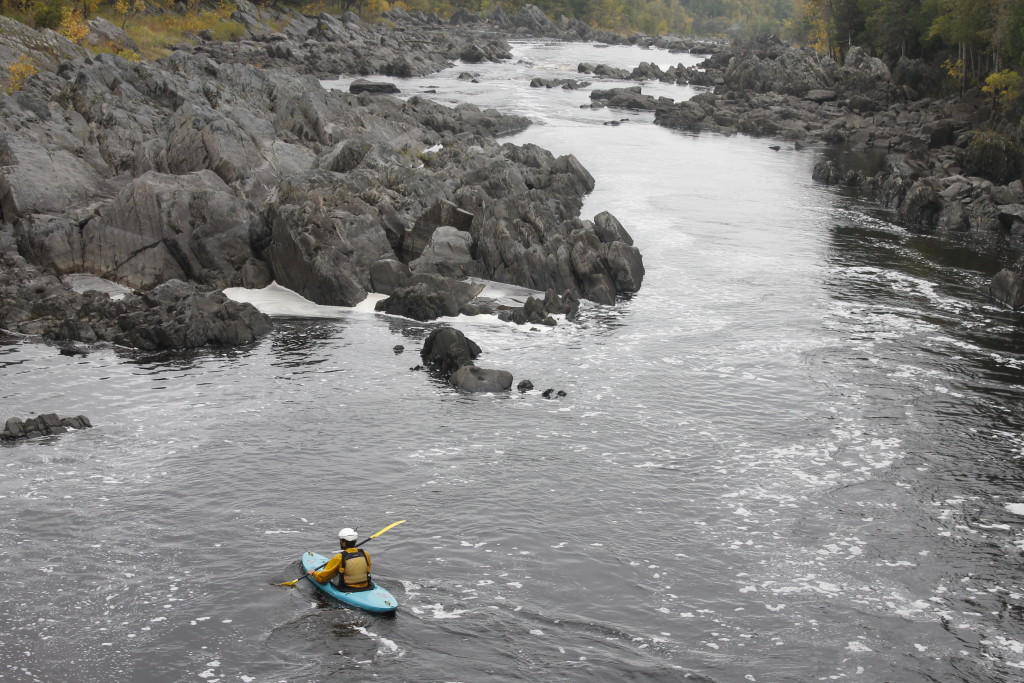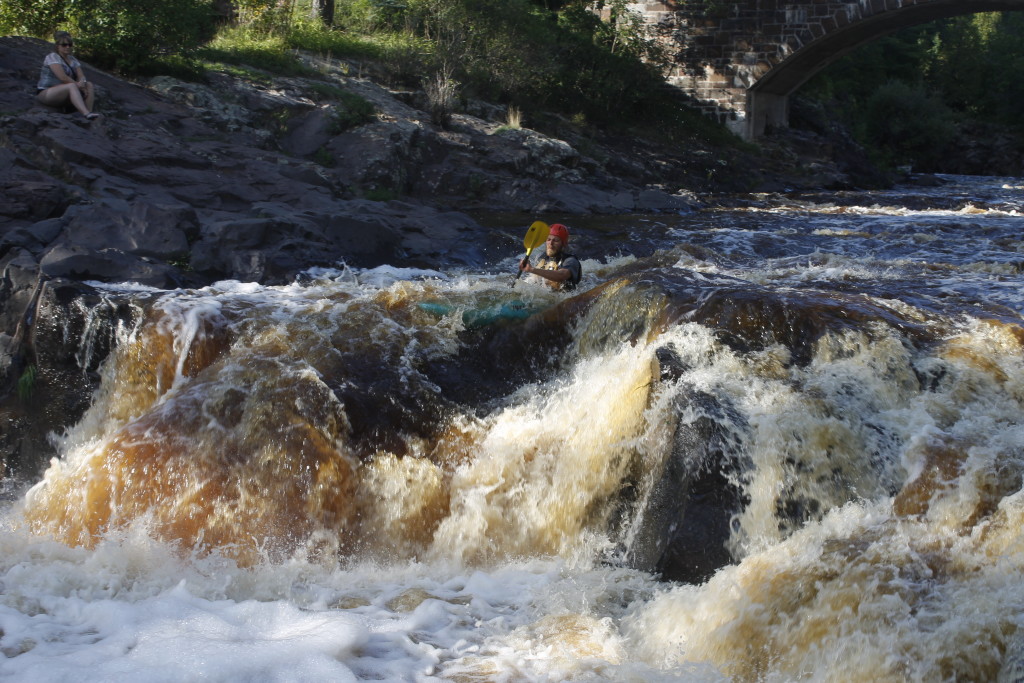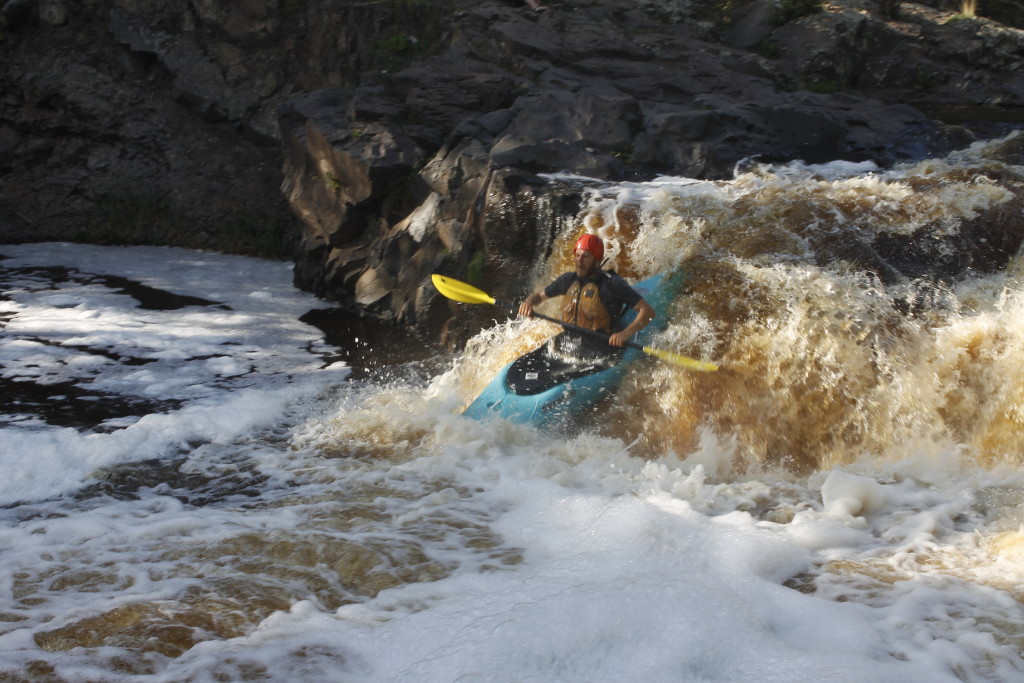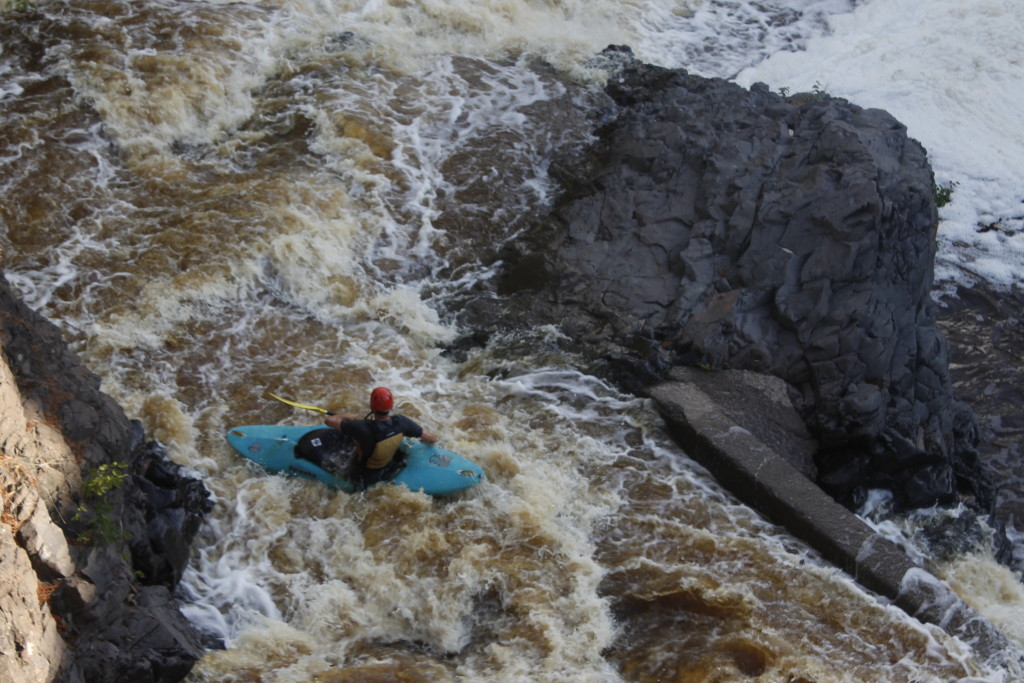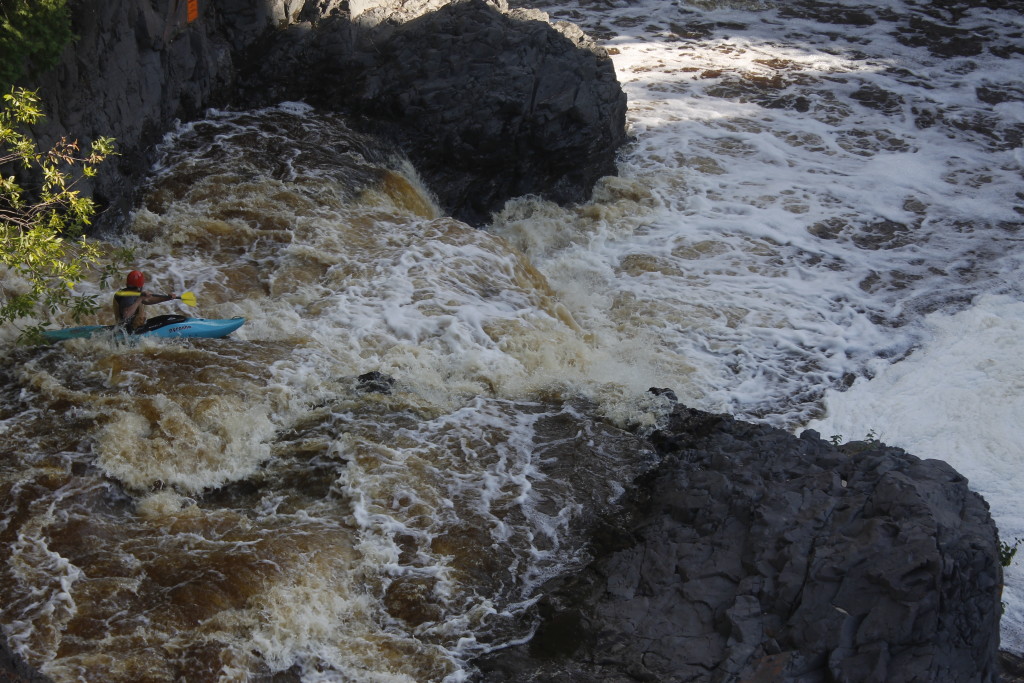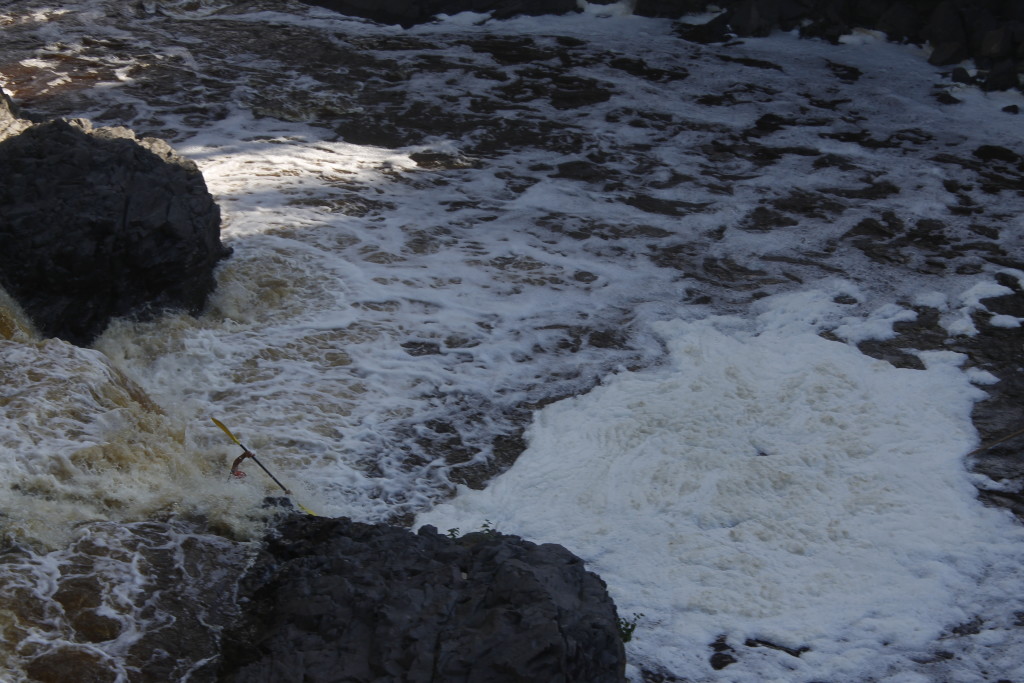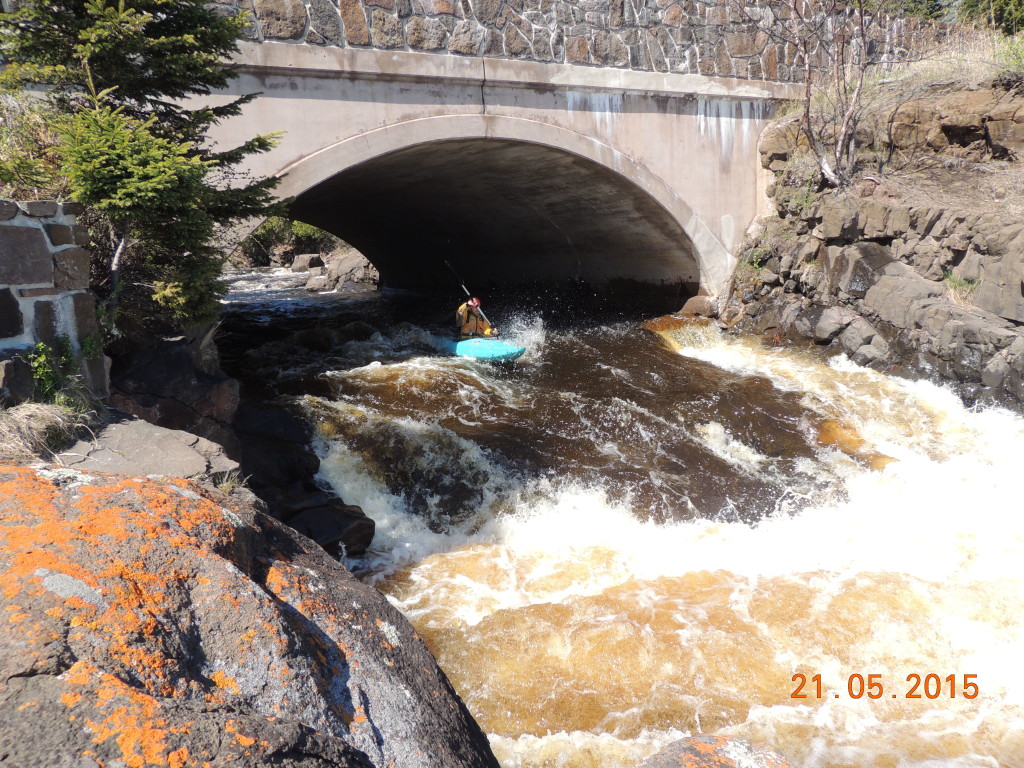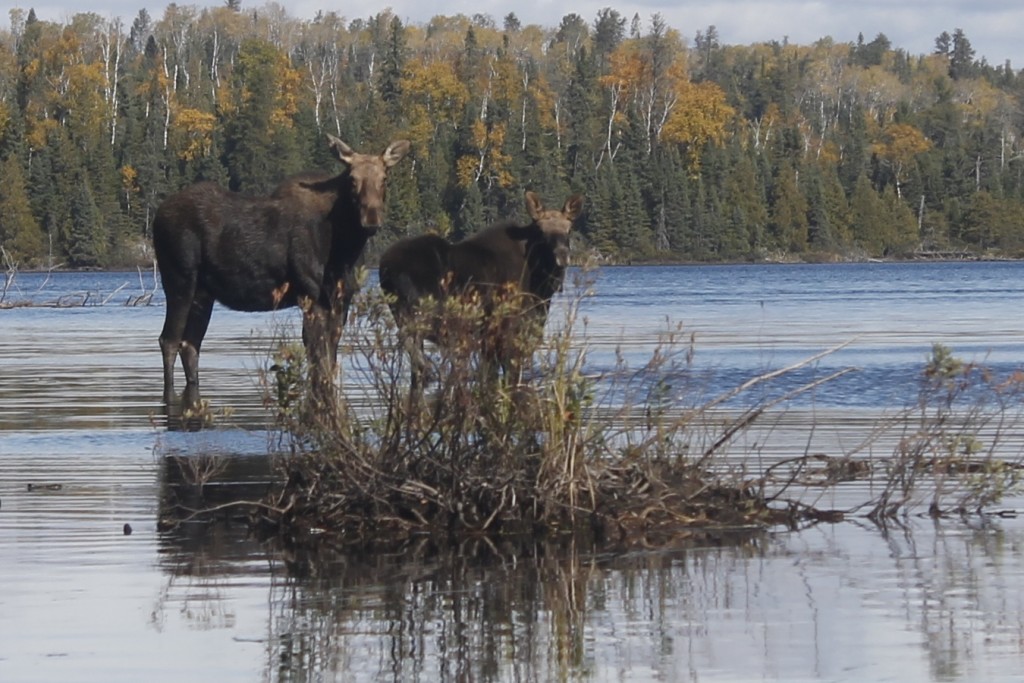
Here’s an interesting exercise:
Open another window in your browser and go to Google Maps or some other mapping software of your choice. Zoom in on northeastern Minnesota, where you will see the many, many lakes within the Boundary Waters Canoe Area Wilderness. Note that these lakes continue north to Canada. Lakes next to lakes next to lakes.
They go north through the Quetico Provincial Park, all the way to Hudson Bay.Follow the map around, and you will see that most of the northern reaches of this continent consists of lake country — a zone that begins in Labrador, continues west to the Rocky Mountains. The lakes pick up again along Alaska’s north coast.
When my dad and I loaded gear into a canoe on Sawbill Lake at the edge of the Boundary Waters, we were preparing for a brief foray into a vast expanse of water.
The four to five days that we’d allotted ourselves in the Boundary Waters weren’t really enough for us to reach Hudson Bay. Because we were visiting in October, however, our trip was an opportunity for us to experience a measure of solitude.
“You’re out of rhythm. Try to match my paddling,” my dad told me.
“Well then you’re going to have to slow down. I can’t J-stroke that fast. Or pry stroke. Whichever stroke I’m doing right now.”
We are a kayaking family, dammit. I’ll leave it to more experienced hands like Boundary Waters bard, Sigurd Olson to explicate on the finer points of canoeing technique.
This was my first multi-day canoe trip with my father, though in high school, I’d accompanied him on kayak trips on Lake Champlain and the Erie Canal. Though kayaking is clearly what we do best, we found our rhythm in the canoe eventually, the boat cutting north along Sawbill Lake toward our first portage.
For those of you who haven’t been to the Boundary Waters, aren’t among the bazillions of Minnesotans who drive north each summer with Winona Canoes strapped to the roof, you can understand exploring the area if you imagine tracing a connect the dots, but with lakes. You paddle to a portage trail, and then move yourself, your boat and your stuff along the trail to the next lake. Resume paddling to the next portage.
There are a lot of lakes and a lot of trails, but we’d heard that Cherokee Lake was a beautiful destination, and not too far off from the launch site.
To get there we had to paddle a few lakes and make some portages — the later being anywhere from 100 yards to just over a half mile. That might not sound like much, but when the portage requires unloading and reloading a canoe, hoisting said canoe over your head to walk with it, and making two trips to gather up all your stuff, the portages add up. This included going over some fairly rocky terrain, and sometimes sinking into thigh-deep ooze when we got out of the canoe. At least the portages were marked on the map, usually we had no idea about a beaver dam until we saw it right in front of us. Then the game was getting out of the canoe in the muck, working the canoe over the obstruction, and then walking into the muck on the other side of the dam in order to get back into the boat.
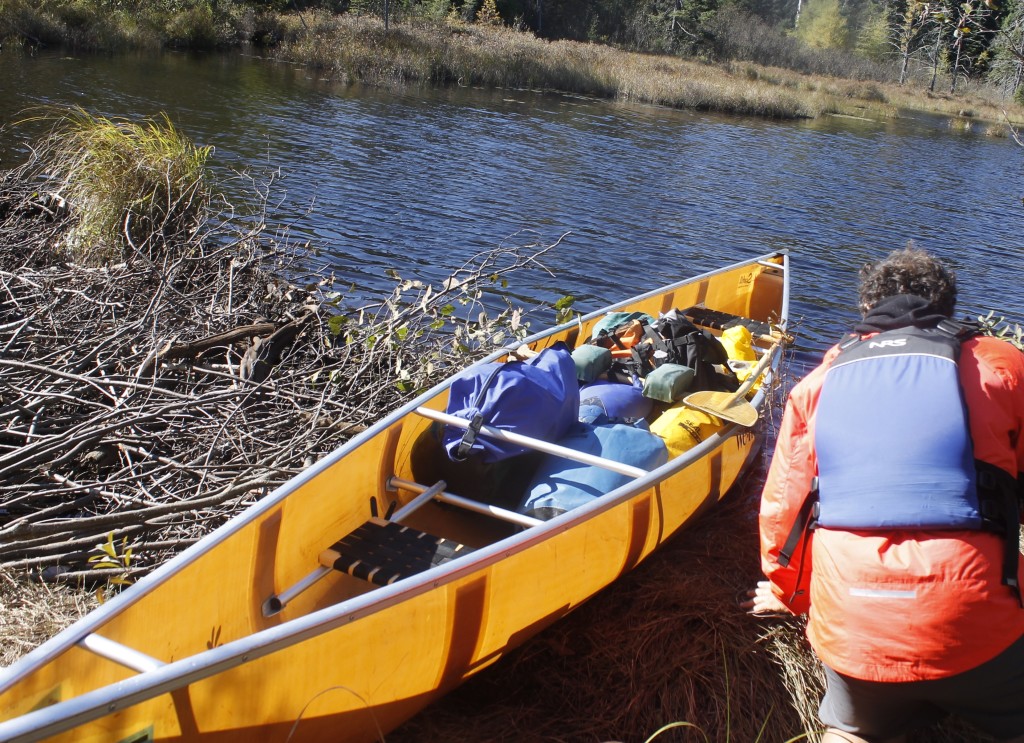
The first night, we ate couscous and tempeh along with some kale from my garden. We spent about half an hour wrangling together a bear hang between two jack pines. After it became pitch dark, my dad and I sat by the lake’s edge, talking about what it meant to be getting further from the car, further into the wilderness where there was no telephone service, no medical help close by.
What about getting lost? Getting lost seemed very possible.
There were no marker flags or other handy icons that we could use to identify where to find a portage among the uniformity of trees lining the lakes. It paid to keep a sharp eye on the map as I paddled the canoe, looking out for landmarks like coves and islands that I could use to identify our position.
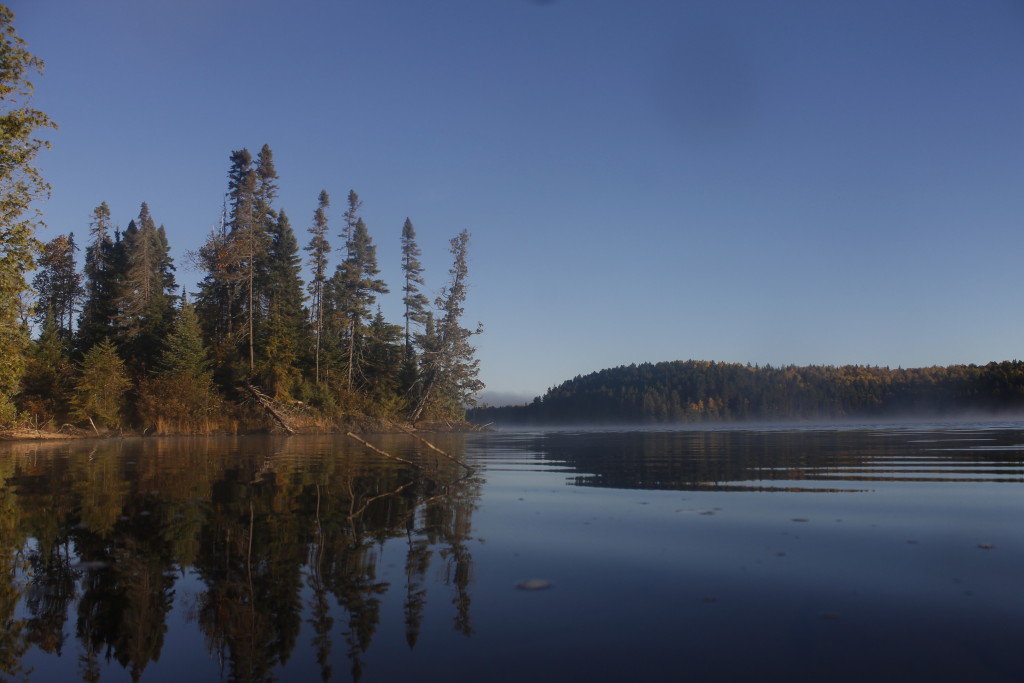
When a lake had several islands, figuring out which one was which inevitably became guess-work.
“I think that’s the island I’m looking at …” I would say.
Sometimes the best thing was just to know that you were heading in the right direction and hope that you recognized the roadsigns in the terrain when they emerged.
What I did appreciate was how this navigation forced the two of us to be attentive to the landscape. We would notice something like a whale-shaped rock, and our noting it would not be a passing curiosity, it would be a vital guide post for us to recognize on the return journey as we sought to hold the right course.
What would be superfluous detail a mile from the car, gained key importance as we moved further out.
It was a relief to put the canoe down after a half-mile portage to Cherokee Creek. It was the morning of our second day. My dad and I took a moment to relish the warming sun as we ate Clif bars and downed peanuts.
I welcomed the creek because the forest would frame us on both sides. One of the best things about being on water is that it gives you a different perspective on the land. We paddled down a golden corridor, with the coniferous tamarack trees turning color before they shed their needles. The creek reflected the tamaracks and the blue sky.
It was a time to paddle as quietly as possible and to simply absorb the quiet beauty of everything around.
The creek opened out to Cherokee Lake.
“Whoa!” my dad exclaimed.
Two moose, a mom and her calf waded through the water.
These were the first of these big creatures I’d seen in Minnesota. Tragically, moose used to be common in the north woods, but are becoming difficult to find. A lot of research has gone into the decline. Guests on my kayak tours will often talk about how they had seen a bear or seen a wolf, but how they would really like to see a moose sometime.
I, like many, believe our warming planet is playing a role in the decline, though the research is complicated, and involves studying how the moose have handled brainworm, ticks, predators and temperatures in high summer.
These moose looked a little scraggly to me, with patchy fur. It had been at least two years since I’d seen a moose. Who knows how long it will be until I see my next?
We floated for a while watching them.
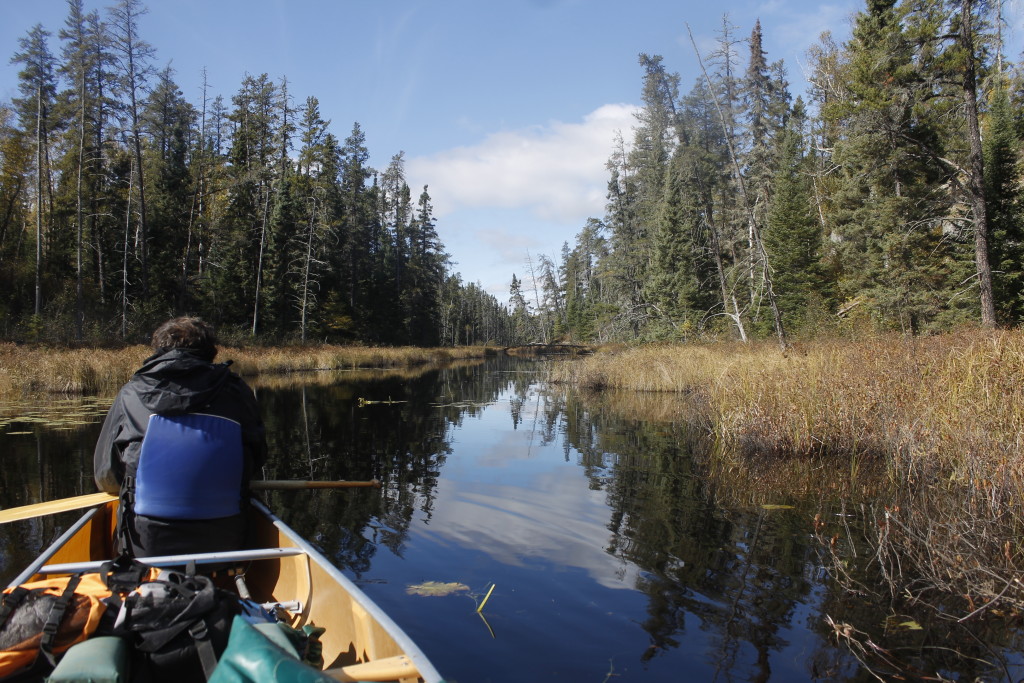
Notes:
Some cursory information on the moose decline:
* http://www.dnr.state.mn.us/moose/index.html
My Dad has already written two blogs about this trip, so I’m the slacker here. Some great reading for you if you get the chance.

